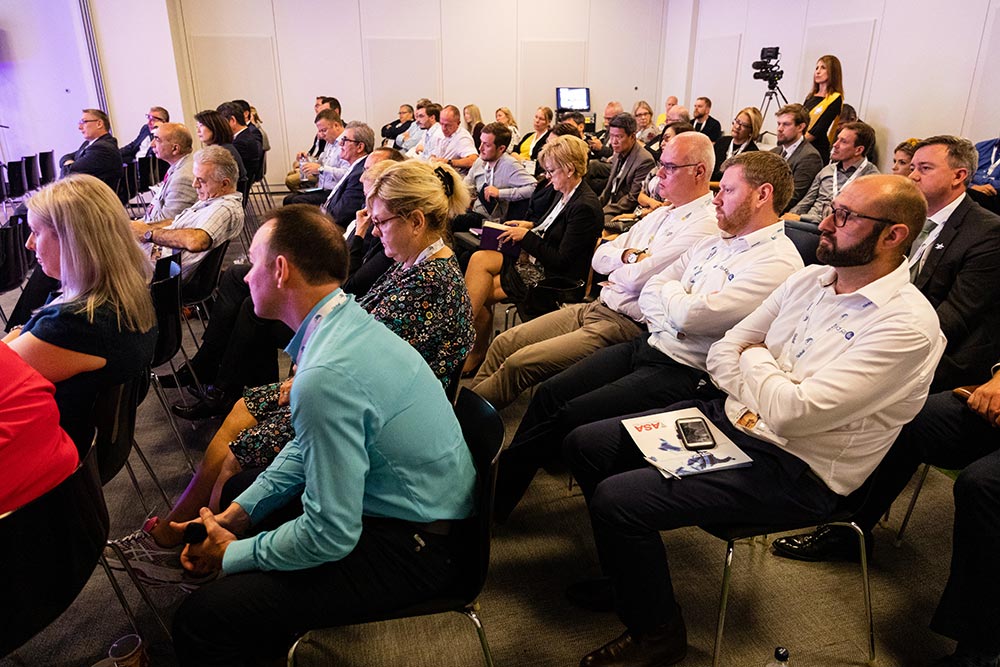Air Ambulance and Medical Assistance Forum

The second Air Ambulance and Medical Assistance Forum was moderated by Andrew Lee of Rescue Wings Malta. Delegates – assistance companies and operators alike – presented a variety of informative case studies
First up was AMREF’s Dr Bettina Vadera, who presented a case study on a known substance abuse patient. The decision-making process was based on poor communication from the treating hospital. The suitability and capability for transport had to be assessed using insufficient medical information before a delayed air ambulance was arranged.
Next, EMA Global’s Dr Winston Jong covered how to deal with unscrupulous local providers and how to optimise a critically ill patient’s suitability for a medevac transfer, while having a suitable back-up plan. Dr Jong explained that many challenges were encountered in Hilsa, Kathmandu and Malaysia. The first air ambulance was a no-show, he said, and a land ambulance was planned but ended up being delayed by a further day due to an alleged road accident. Two helicopters were used to transport the patient and family members to Kathmandu, but were delayed due to bad weather, necessitating a further hospital admission. After four days, the patient finally made it to Kathmandu, where a wing-to-wing transfer to Malaysia took place.
It is common practice in some areas for air ambulances to be pushed when travel insurance is involved
The next case study was presented by Aspen Medical International’s Mike Asimos and Air Alliance Medflight’s Eva Kluge. They recounted the story of a 22-year-old Libyan female in need of treatment for a ruptured giant basilar tip aneurysm requiring an urgent transfer. Challenges faced included the absence of functional banking facilities in Libya, a problematic visa process in Tunis and Germany, the closure of the receiving hospital’s international department at the weekend, and the fact that neither guarantee of payment or cash were accepted by Hamburg Hospital. All of these factors led to a lengthy delay.
RMSI’s Dr Franz Bernhardt took to the podium next to present the interesting case of a patient handover dilemma. This involved a 59-year-old male contractor working at a remote site where medical care did not meet appropriate standards. There were a number of challenges, including a possible discrepancy between the medical report and the patient’s condition. Dr Bernhardt discussed how communication between the referring clinicians and the air ambulance team could have been improved.
JETCALL Air Ambulance’s Alex Veldman discussed the early discharge of a premature baby in Barbados. The fascinating case study raised a number of questions. One interesting discussion point was whether the surprisingly early discharge to a hotel room from NICU could have been more actively managed. In addition, whether a regional air ambulance to the US shortened the time to appropriate medical care. A successful conclusion was reached, with a long haul aircraft air ambulance flight to the UK.

Last, but by no means least, MSH Assistance’s Melanie Veloso presented the case of a 26-year-old Canadian lady who was travelling in Belize on vacation with her partner. Whilst hiking in a forest a branch fell and hit her in the right eye. She was rushed to the nearest medical clinic where a diagnosis was given: severe oedema of the eye with hyphema. Following a number of difficulties, the patient was eventually transferred by air ambulance. The findings post-case review were as follows, said Veloso: the air ambulance to Bascom Palmer Florida was unnecessary. On arrival to Florida, the patient was found to have mild laceration of the right eye. She was discharged with instructions to rest and apply medication; no intervention or major treatment was needed. The conclusion is that it is common practice in some areas for air ambulances to be pushed when travel insurance is involved. This is because air ambulance representatives, treating doctors, facilities and so on are involved in receiving kickbacks/commission.